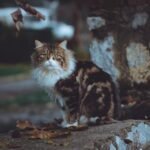Feral cats, domestic cats that have returned to a wild state, are a common sight in urban landscapes around the world. These cats are typically the result of abandoned pets and uncontrolled breeding, leading to thriving colonies in city environments. While they may appear to add character to city life, their presence has significant implications for urban wildlife and ecosystems.
The Rise of Feral Cat Populations
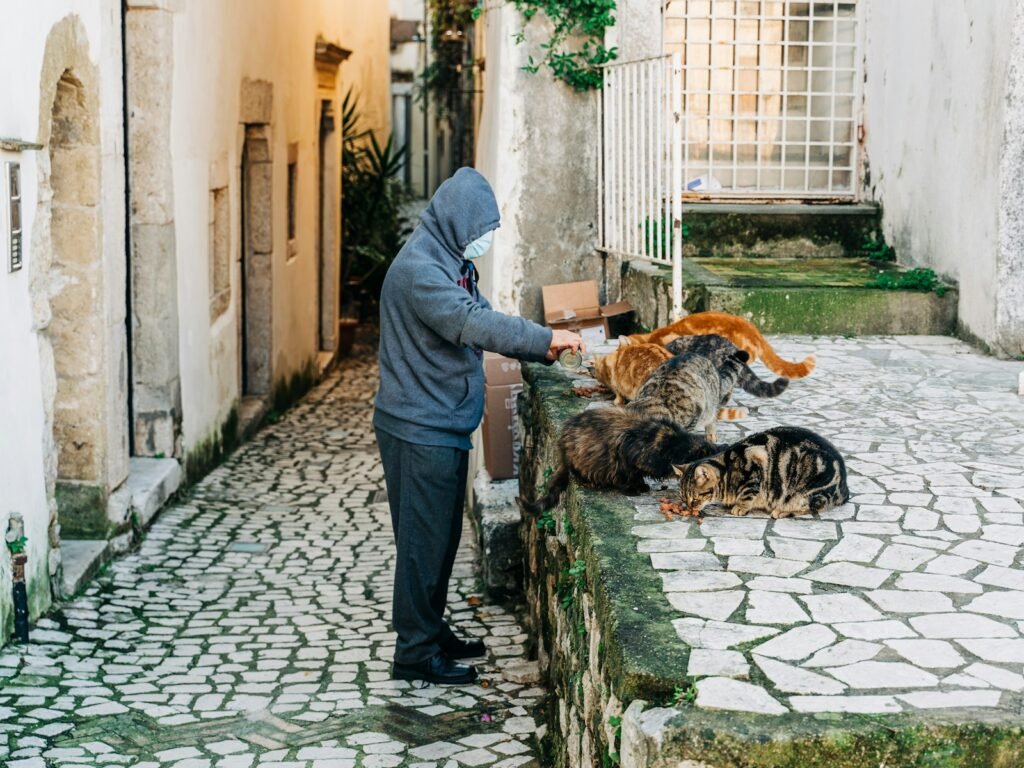
Feral cat populations have increased in urban areas due to several factors, including a lack of natural predators, abundant food sources such as garbage and rodents, and the occasional feeding by well-meaning humans. This rise poses both ecological challenges and public health concerns.
Understanding the Behavior of Feral Cats
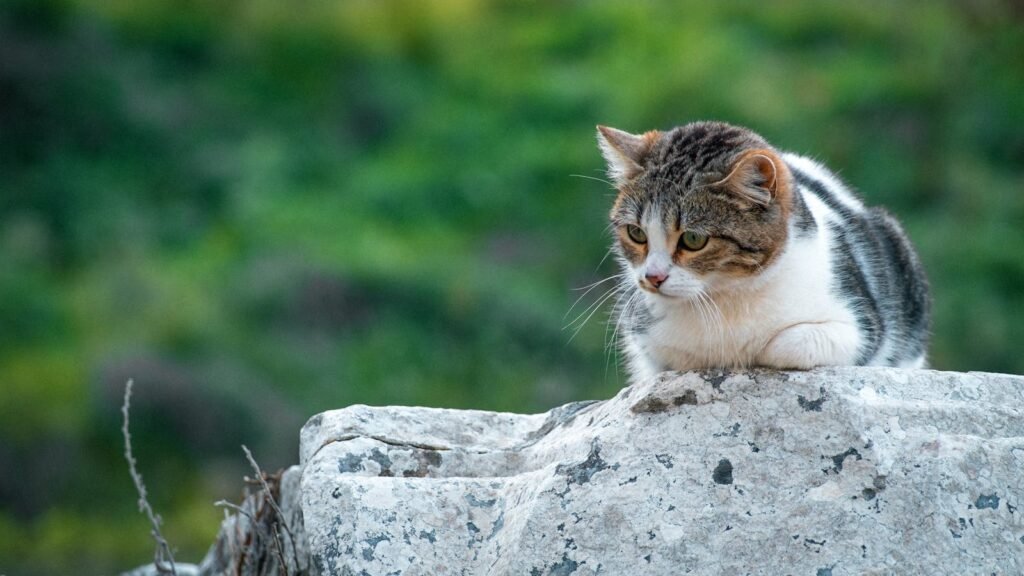
Unlike pet cats, feral cats are wary of humans and predominantly nocturnal. They exhibit distinct behaviors adapted to urban environments, including forming colonies with complex social structures. They are effective hunters, often preying on native wildlife, which can lead to substantial impacts on local ecosystems.
Impact on Local Wildlife

Feral cats are adept predators, and their hunting instincts remain sharp. In urban areas, they prey on birds, small mammals, amphibians, and reptiles, many of which are native species. This predation pressure can lead to declines in vulnerable wildlife populations.
Endangerment of Bird Populations
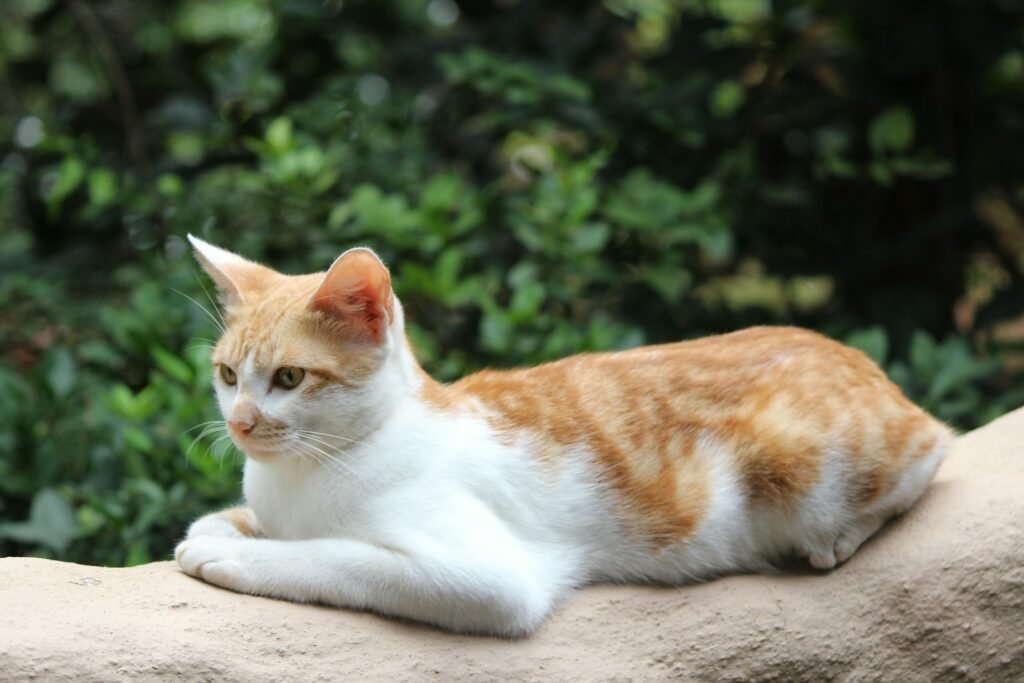
Birds are particularly susceptible to feral cat predation. Studies have shown that in some urban areas, cats are responsible for significant declines in songbird populations. Ground-nesting birds and those using urban parks as habitats are exceptionally vulnerable.
Threats to Small Mammals and Reptiles
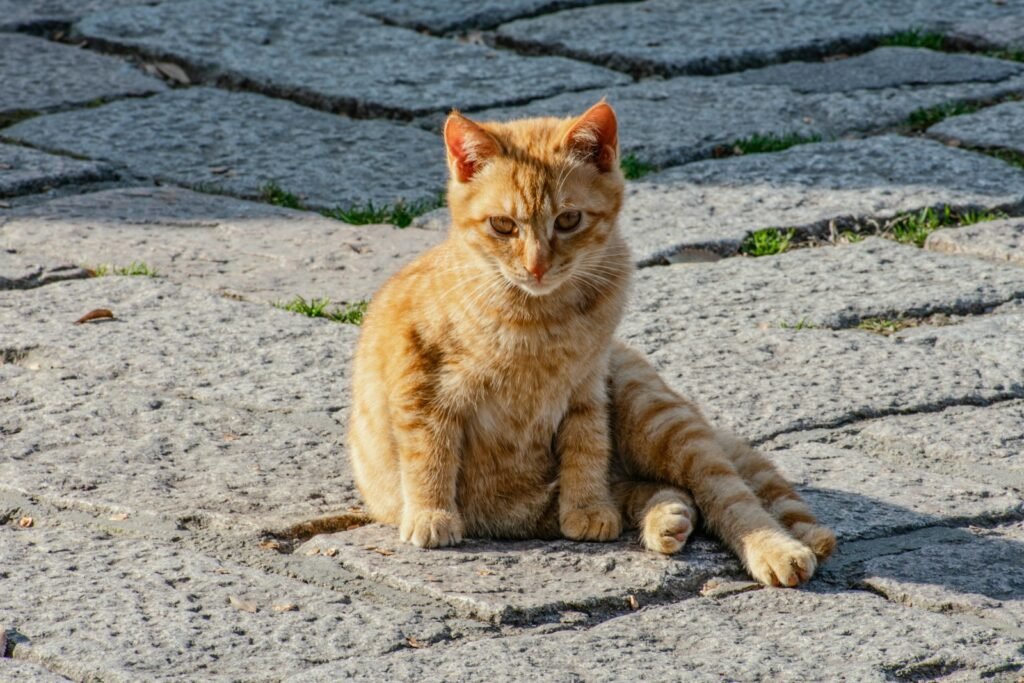
Besides birds, small mammals and reptiles also form a substantial part of the feral cat diet. Urban areas that are home to unique or rare species face increased risks of biodiversity loss due to these predation patterns, potentially leading to local extinctions.
Ecological Imbalance in Urban Ecosystems
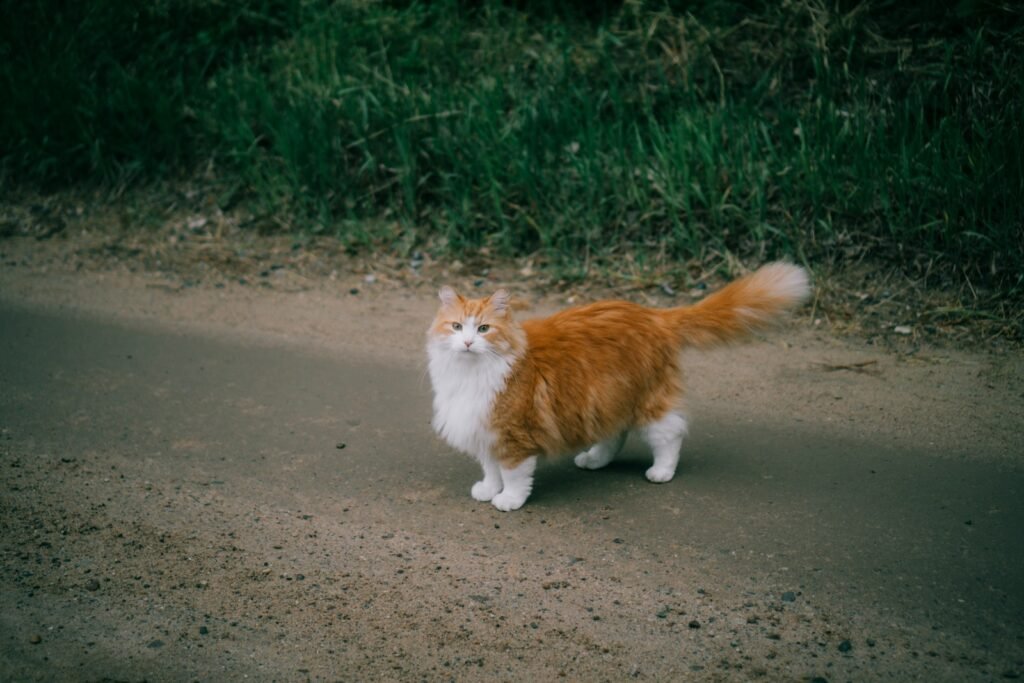
The presence of feral cats in urban areas disrupts existing ecological relationships. As top predators, they can cause ripple effects throughout the food chain, affecting not only their prey but also other species that share these environments.
The Role of Feral Cats in Disease Transmission
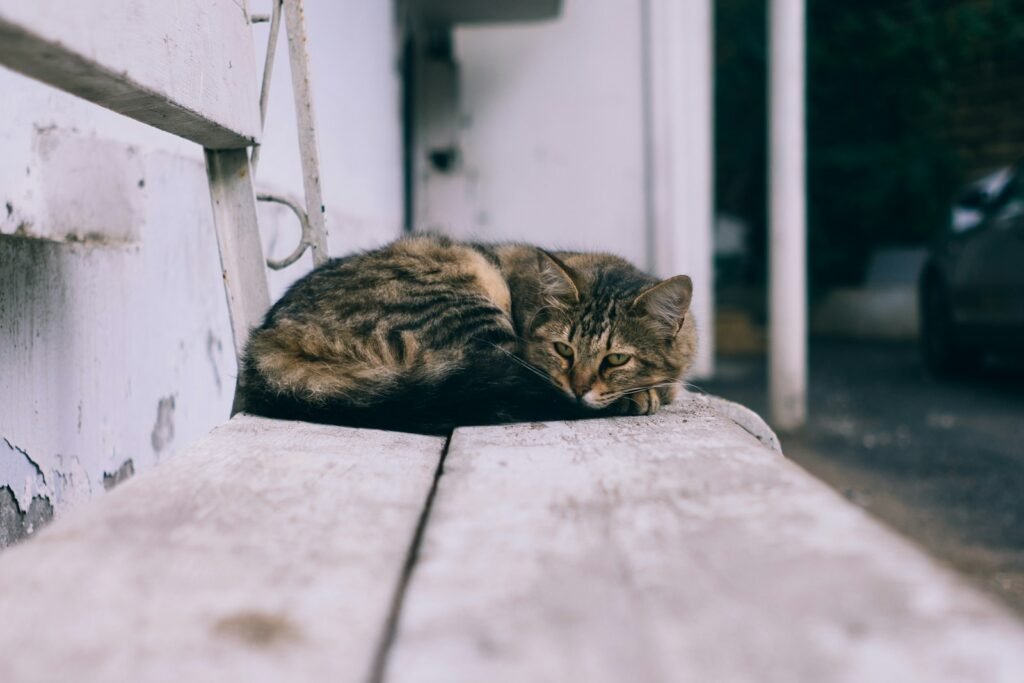
Feral cats can be vectors for diseases such as toxoplasmosis, which can impact not only wildlife but also human populations. Parasitic infections spread through feces pose health risks to small mammals and birds, further exacerbating their decline.
Control and Management Efforts
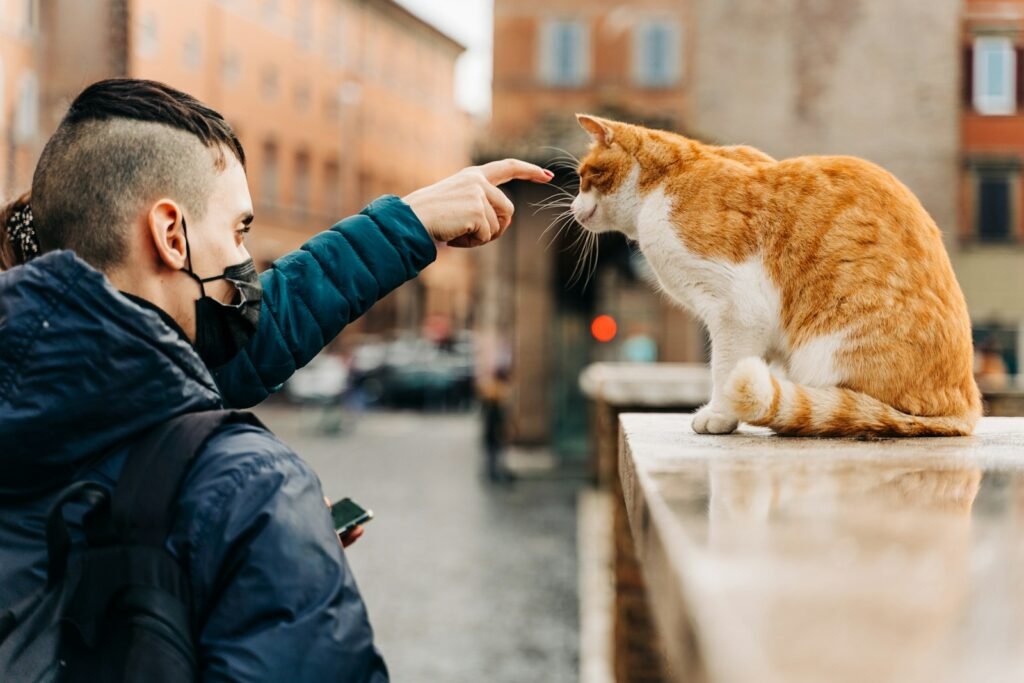
Efforts to manage feral cat populations include trap-neuter-return (TNR) programs, which aim to stabilize and reduce populations over time. While TNR has been contested, it is one of the more humane approaches currently implemented worldwide.
Challenges in Balancing Conservation and Welfare
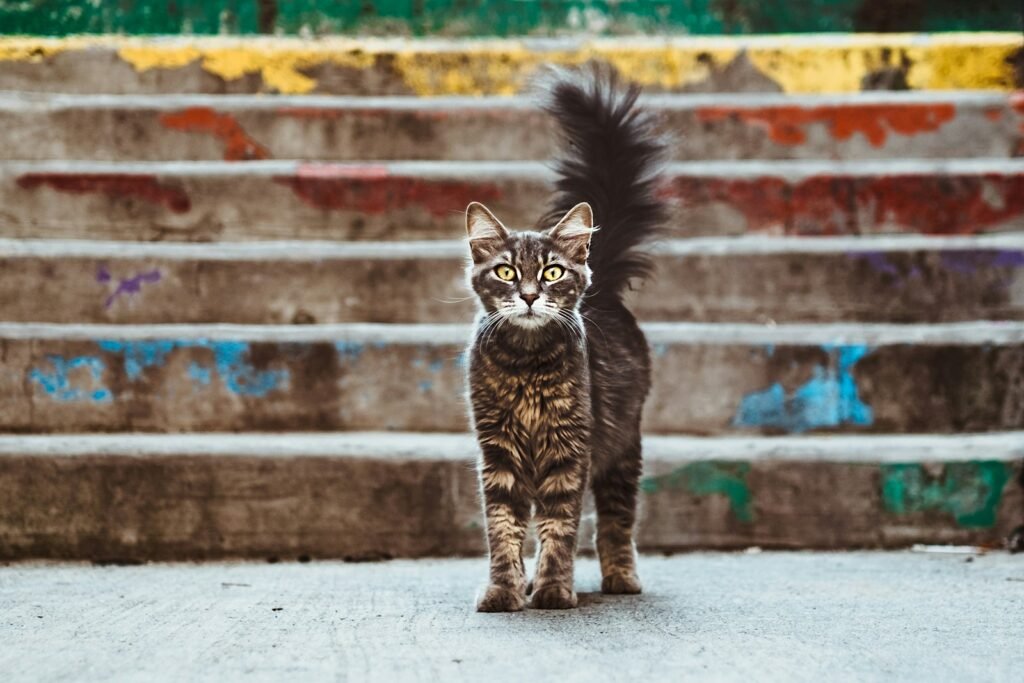
Balancing wildlife conservation with animal welfare presents challenges. While the need to protect native species is critical, finding humane and effective solutions for managing feral cats without resorting to euthanasia remains a complex issue.
The Future of Feral Cats in Urban Areas
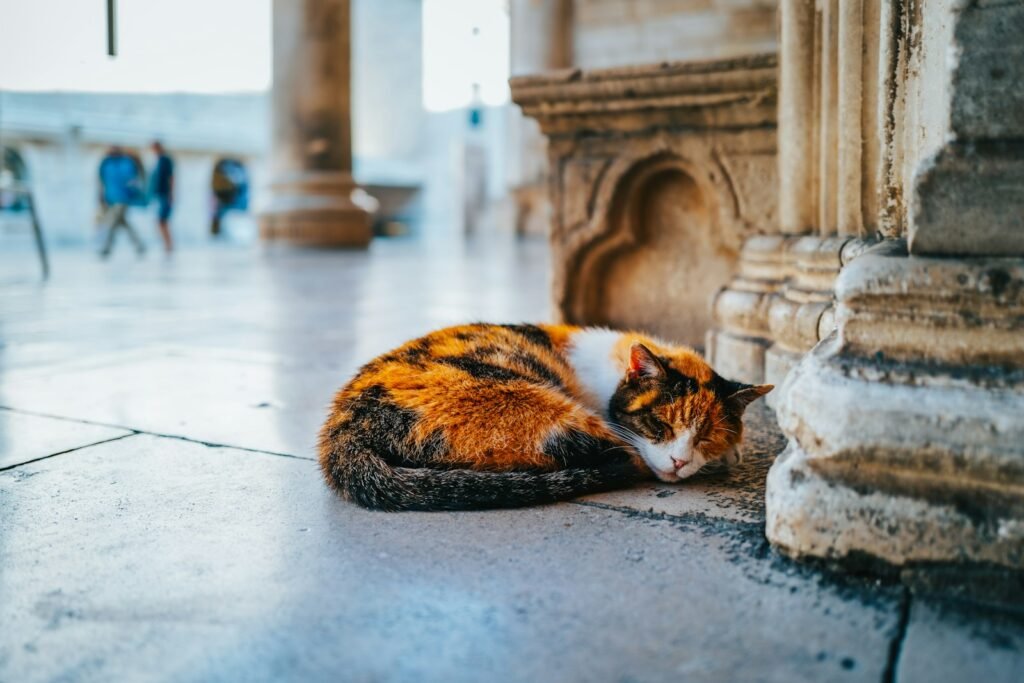
Addressing the issue of feral cats requires cooperation between conservationists, local governments, and community members. Encouraging responsible pet ownership, strengthening urban planning initiatives, and raising public awareness can contribute to more strategic management of feral cat populations, ultimately aiding in the preservation of urban biodiversity.
Conclusion
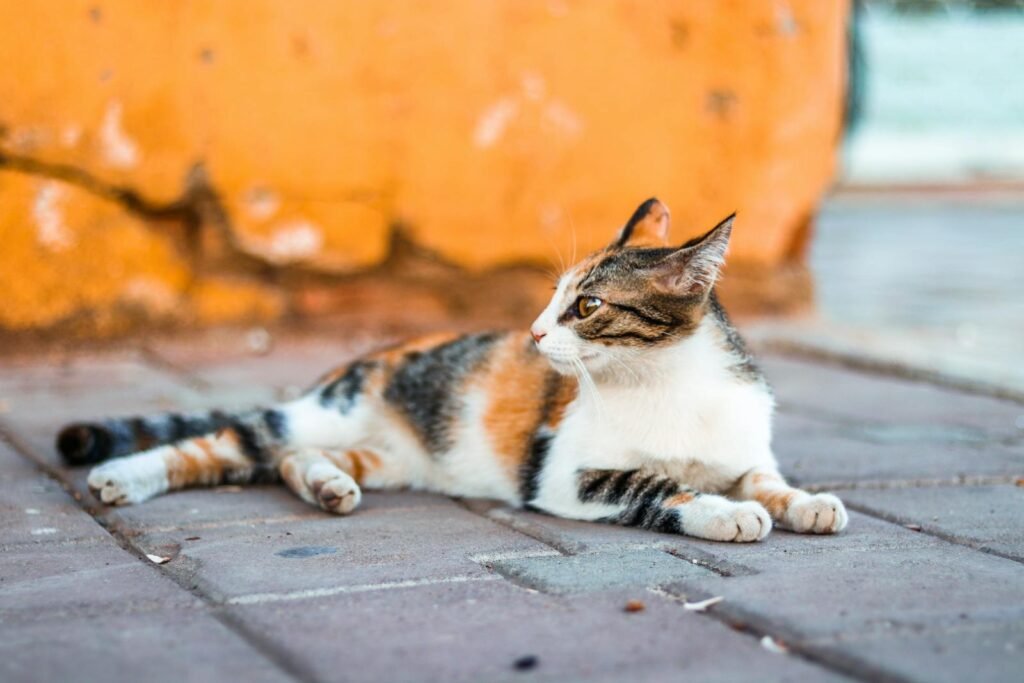
The impact of feral cats on urban wildlife highlights the need for comprehensive management strategies that consider both ecological and ethical concerns. Developing effective, humane solutions will be crucial in ensuring that urban wildlife can coexist with feral cats without further endangering vulnerable species and maintaining ecological balance.

Growing up traveling and experiencing new cultures and wonders, I have had a passion for nature, adventuring, photography, and videography. I am currently working towards a BSc in Biodiversity and Ecology at Stellenbosch University, and I hope to specialise in Marine Sciences one day.
Please send any feedback to Feedback@animalsaroundtheglobe.com




